The Razer Blade Stealth Review: Razer Takes On The Ultrabook
by Brett Howse on March 29, 2016 8:00 AM EST- Posted in
- Laptops
- Razer
- Skylake
- Razer Blade Stealth
- eGFX
- Razer Core
- Skylake-U
Display
Razer offers two displays in the Stealth. The lower priced offering is a QHD 2560x1440 panel, which is typically the higher resolution offering on most Ultrabooks. With the 12.5-inch screen, that makes for a respectable 235 pixels per inch. For most notebook tasks, this works well. The default DPI setting is a custom level slightly under 175%, which works well for the screen size. The QHD panel offers 100% sRGB gamut coverage.
However for those that want to take it to eleven, Razer will outfit the higher end models of the Stealth with a UHD 3840x2160 display. Considering the compact 12.5-inch screen, that works out to a smartphone-esque 352 pixels per inch. Razer isn’t the only company to offer UHD at this screen size, but it does put them right at the top of the heap when it comes to pixel density on a notebook. I’ll admit I was skeptical that this was necessary, because there are certainly downsides of such a high resolution as well, but seeing both units side by side, I can pretty easily see how much sharper the UHD model is even with my old eyes. The UHD display also covers 100% of the much larger Adobe RGB color space.
Here is kind of where we run into an issue though. Most notebooks that offer 100% Adobe RGB color space support also offer a way to switch the notebook from one color space to another – namely the sRGB color space – which is what is used for most of the web and many applications, while the wider gamuts are for use when needed for doing photo work in color space-aware applications. That is not the case with the Stealth though. It offers no extra functionality for this and that means it is in Adobe RGB mode all the time.
Now, it’s easy to fault Razer here, and of course they should have provided an sRGB if they were going to go down this path. Since pretty much everything is created for sRGB, viewing sRGB images on an Adobe RGB gamut display can cause duller images that you would expect, which is kind of the opposite result that you would want. The Adobe RGB color space is much more vibrant than sRGB and viewing appropriate images in Adobe RGB is very appealing. However, we are kind of at a transition point where sRGB is what most things are, but we are finally getting LED based monitors which can cover a wider gamut.
The real solution here is that Windows 10 needs to do a better job with wide gamut displays and correctly mapping a sRGB image into the wider space, but at the moment it doesn’t do that. We’ve seen a rise in standards which require a wider gamut, like DCI-P3 and the very wide Rec. 2020, but Windows’s handling of these makes it very much up to the application. Hopefully we’ll see some movement there from Microsoft.

Example of Adobe RGB Color Space
With that preamble out of the way, let’s get down to the displays themselves. Razer includes a default icc profile for their panels, which can help with the grayscale and color temperature. It’s the next best thing behind individually calibrating the panels, and because it is a generic profile it won’t mask issues with individual panels. The QHD model was tested against sRGB and the UHD model was tested against Adobe RGB. Contrast and brightness were measured with an X-Rite i1Display Pro colorimeter, and color accuracy was tested with an X-Rite i1Pro2 spectrophotometer. SpectraCal’s CalMAN 5 suite was used with a custom workflow.
Brightness and Contrast
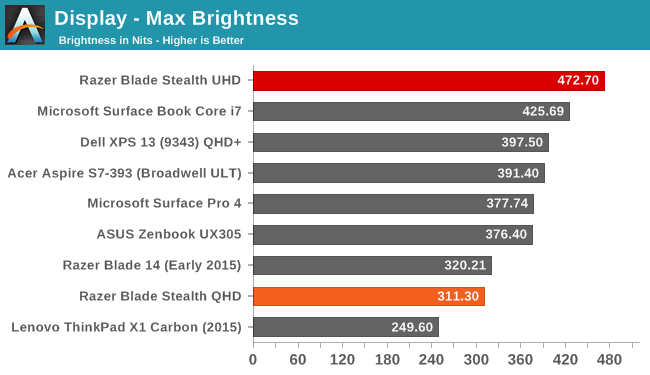
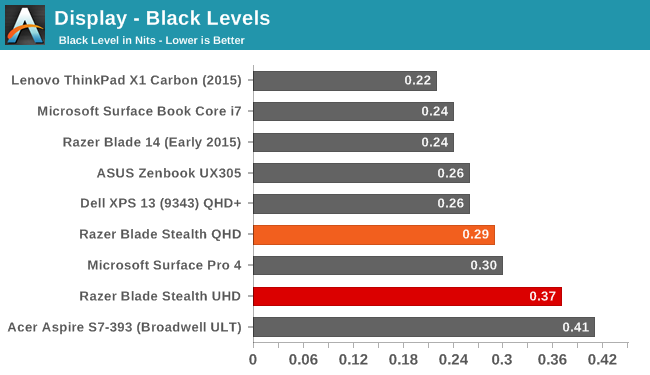
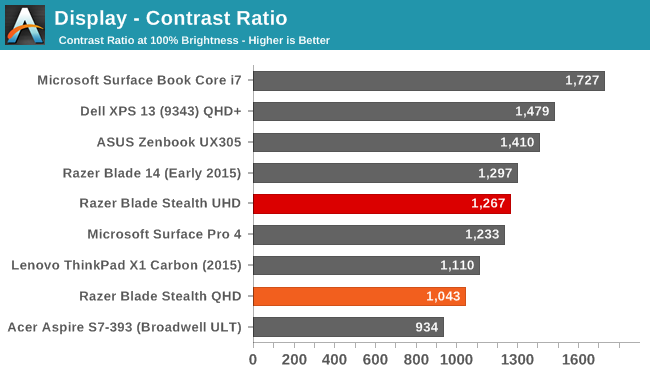
Both panels do well here, but the UHD one is amazingly bright. In fact I'd say that it's almost smartphone bright. It’s not every day a laptop that can hit almost 500 nits lands on my desk, and the excellent thing is that it hits this very high brightness level, but also keeps the black levels reasonably in check. 1200:1 contrast is not chart topping, but it’s still very good for a laptop LCD.
Grayscale and White Point


Out of the box, the Razer default ICC profile is available to help correct temperature and grayscale. On the two models I had, the grayscale was not as accurate as I’ve seen in other products from Razer, which due to them not individually calibrating each display. A generic profile can only do so much. What it did help with a lot though was the color temperature. On the QHD version, removing the ICC profile would make the display a lot cooler. Regardless there’s room for improvement here from Razer. Luckily this is the one area where a display calibration can make the most impact. The QHD model in particular had some issues very early in the range.
Saturation
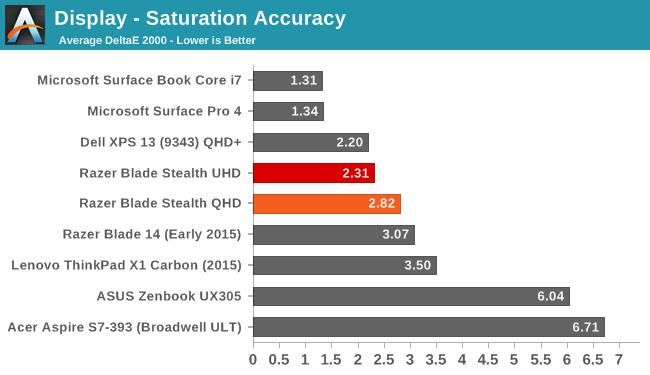
Luckily the issues with grayscale were relegated to just that. On the saturation sweeps, the display is much more accurate in the target color space. Here it is clear how much larger the color space is on the UHD model. Both displays can pretty much hit the entire gamut they are targeting, whether it be sRGB on the QHD one or Adobe RGB on the UHD display.
Gretag Macbeth

The most comprehensive test is the Gretag Macbeth colorchecker, which tests a wide range of colors including quite a few of the flesh tones. Both displays do ok here, with the UHD model coming in a bit better again.
Color Comparator
To get a feel for what the numbers mean, the following images are relative color comparisons, with the target color on the bottom half of the swatch. This is relative because any inaccuracies in your own display will skew the target color, but it does put a visible difference on what the results of the display testing mean.
Both QHD and UHD displays are off when it comes to the gray tones, as expected with the earlier grayscale results, but the colors are more in-line with what they should be.
Display Conclusion
It’s great to see Razer continue their partnership with Sharp and include IGZO-based LCDs in both models. The IGZO displays continue to offer great color reproduction, and the more transparent TFT of IGZO lets plenty of the backlight through. Hitting almost 500 nits is impressive, and at a pixel density of 352 pixels per inch, it’s even more impressive.
That being said, the included ICC profiles did not correct for grayscale, and both the QHD and UHD versions need some help on that. Clearly Razer was aggressively targeting a price point, but both of the displays are nowhere near where they should be on gray.
The final piece is the Adobe RGB support on the UHD model. Until such a time as Windows can properly handle larger gamut displays, it would have been prudent to include software to pick the color space as necessary. Having only Adobe RGB support is not ideal in our current sRGB world.


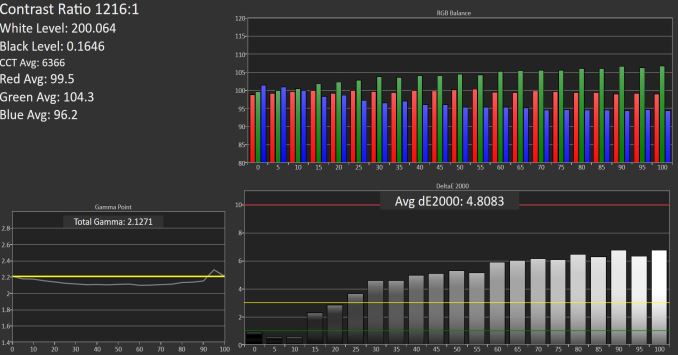
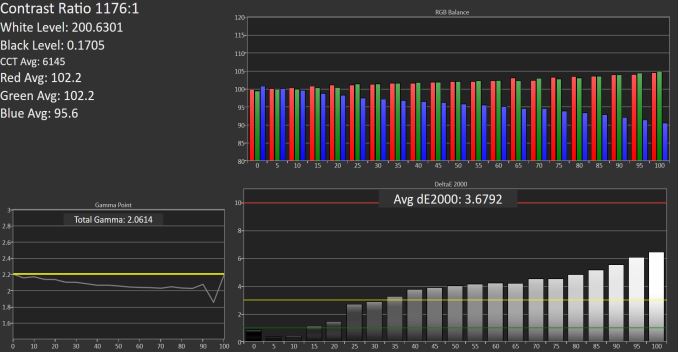
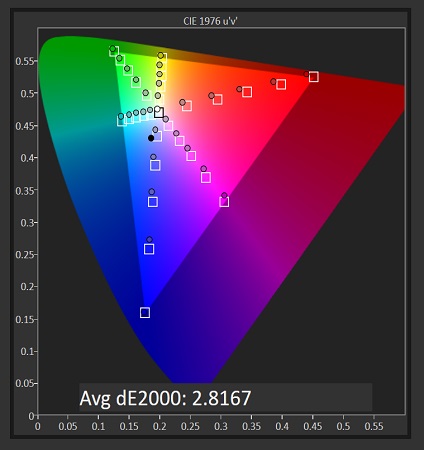
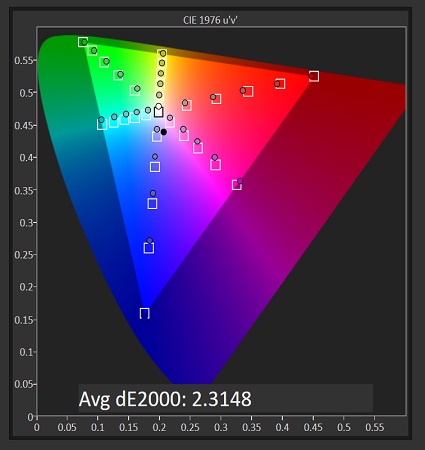
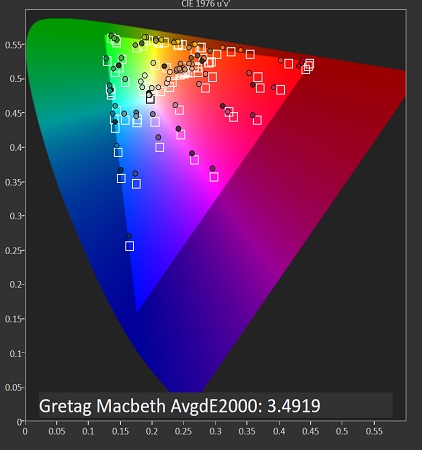
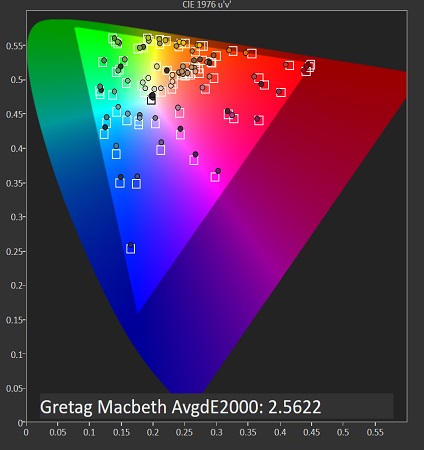












66 Comments
View All Comments
nerd1 - Tuesday, March 29, 2016 - link
Xps13 can be bought around 799 nowadaysBrokenCrayons - Tuesday, March 29, 2016 - link
“For Gamers. By Gamers.”Interplay, is that you in there? What happened to Van Buren?
retrospooty - Tuesday, March 29, 2016 - link
I never really got the need for a "gaming notebook". Gaming is far better, faster and cheaper on a desktop. Do alot of people really have the need to game when mobile? I would personally think most people, when out and about are doing whatever task they are out and about for, not worrying about gaming until they get home and have time for it. Is it just me? I guess if you travelled for work alot and wound up with extra time, but that screams niche market.BrokenCrayons - Tuesday, March 29, 2016 - link
Most mobile gaming I see happens on a phone and not on a laptop. There are most certainly a lot of people who spend time away from home due to work that might benefit from a gaming laptop, but this particular laptop isn't a gaming box without the not-so-mobile Razer Core and other external bits like a monitor, full sized keyboard, and mouse. The benefit in this to those sorts of people is that they only need to worry about one computer as opposed to a laptop and desktop. The Stealth's potential of using an external, desktop GPU offers some flexibility at an added cost. So yes, there's a point and yes its a niche market.The "but" in all of this is that the niche market might be larger than you think. People with no legitimate need for the capabilities the Stealth + Razer Core offers might still purchase such a setup or some other gaming laptop in order to have those capabilities. The expense could very well do nothing but address a psychological need that exists without reason purely inside the mind of the buyer. It happens pretty frequently in automotive markets where people buy much more capability than they need in order to be prepared to drive in weather or road conditions that happen for merely a day or two out of the year. They then willingly endure the liability of their purchase the other 363 days happily. Similarly a person with no need for a gaming laptop will be able to play games in a hotel room for a couple of days a year and deal with the cost and performance penalty of their purchase the rest of the time for little to no rational reason.
TheinsanegamerN - Tuesday, March 29, 2016 - link
There are people like me, that have LAN gaming parties. A laptop is so much more convenient. And I can play it at the laundromat when Im doing my laundry every weekend.I also live in a 1BD apartment. Space is at a premium, there is nowhere to put a nice computer desk for a desktop.
nerd1 - Tuesday, March 29, 2016 - link
Laptop is more convenient but you cannot play any real game on this laptop.BrokenCrayons - Wednesday, March 30, 2016 - link
I never understood what makes something "real" or not. Even a nearly ten year old GMA 950 can run games, some of which were flagship releases in the past. Does the age of a game make it lose it's connection with reality? Is something only "real" if it's been released in the last few months because humans can't fathom the relationship of the past to the present?DarkXale - Wednesday, April 6, 2016 - link
Depends on the definition of real.CS? It can handle.
LoL? It can handle.
DOTA2? It can handle. (Even benchmarked here at +60FPS)
WoW? It can handle.
Civilization 5/BE? It can handle.
Football Manager? It can handle.
Rocket League? It can handle.
You'd probably want to stay clear of Battlefield 4 or Witcher 3 - but at this point we're talking exceptions, not a norm.
DarkXale - Wednesday, April 6, 2016 - link
I should point out that I chose these titles since they're generally where you tend to see the most /played being done -today-.rxzlmn - Tuesday, March 29, 2016 - link
I don't think it's that uncommon for people to have jobs which require a decent amount of travelling. The main point is that it's easily transported from A to B, not that you can use it for gaming on the route itself. If you move, especially internationally, it makes sense. If you don't have a lot of space, it makes sense. If you want to have one main computer for both work and gaming, it makes sense (as a computer for work often has to be portable, i.e. bringing it to work places, meetings, on the plane, etc).I have a solid notebook that also happens to be powerful enough to run games, and nowadays the mobile GPU/CPUs are fast enough to run most games properly. Of course not with all the bells and whistles, but I can play most stuff on full HD and somewhat medium settings just fine, and my laptop only has a midrange mobile GPU.
Apart from myself opting for all the above mentioned benefits, I would also have to spend considerably more for a gaming capable desktop and a comparable non-gaming capable laptop together.